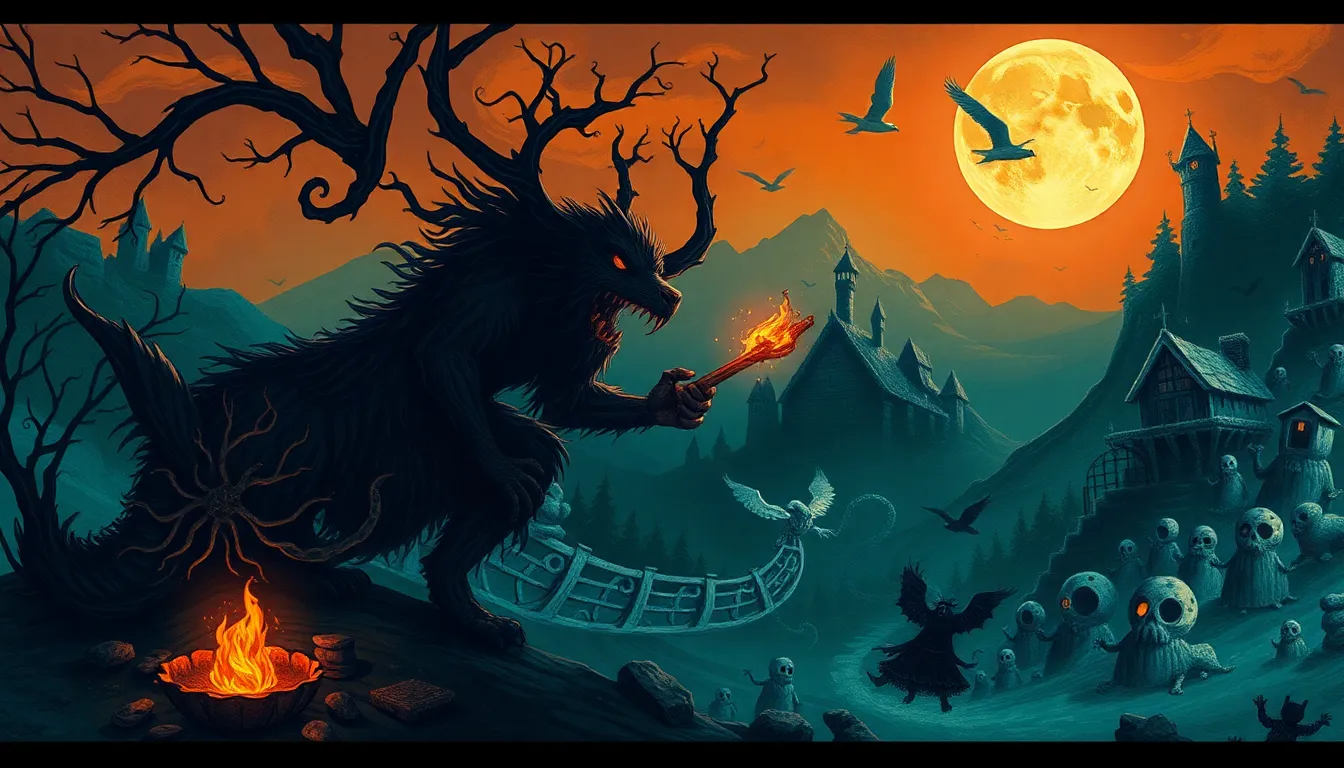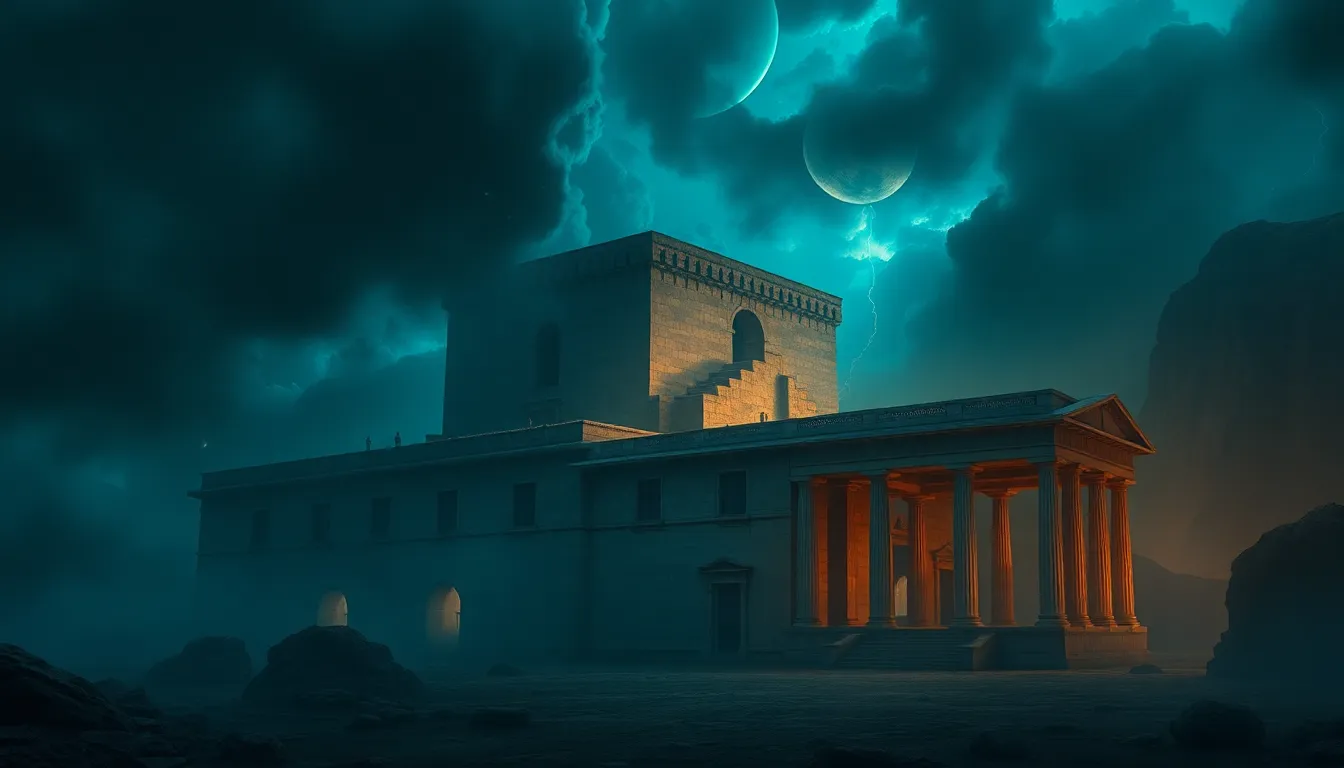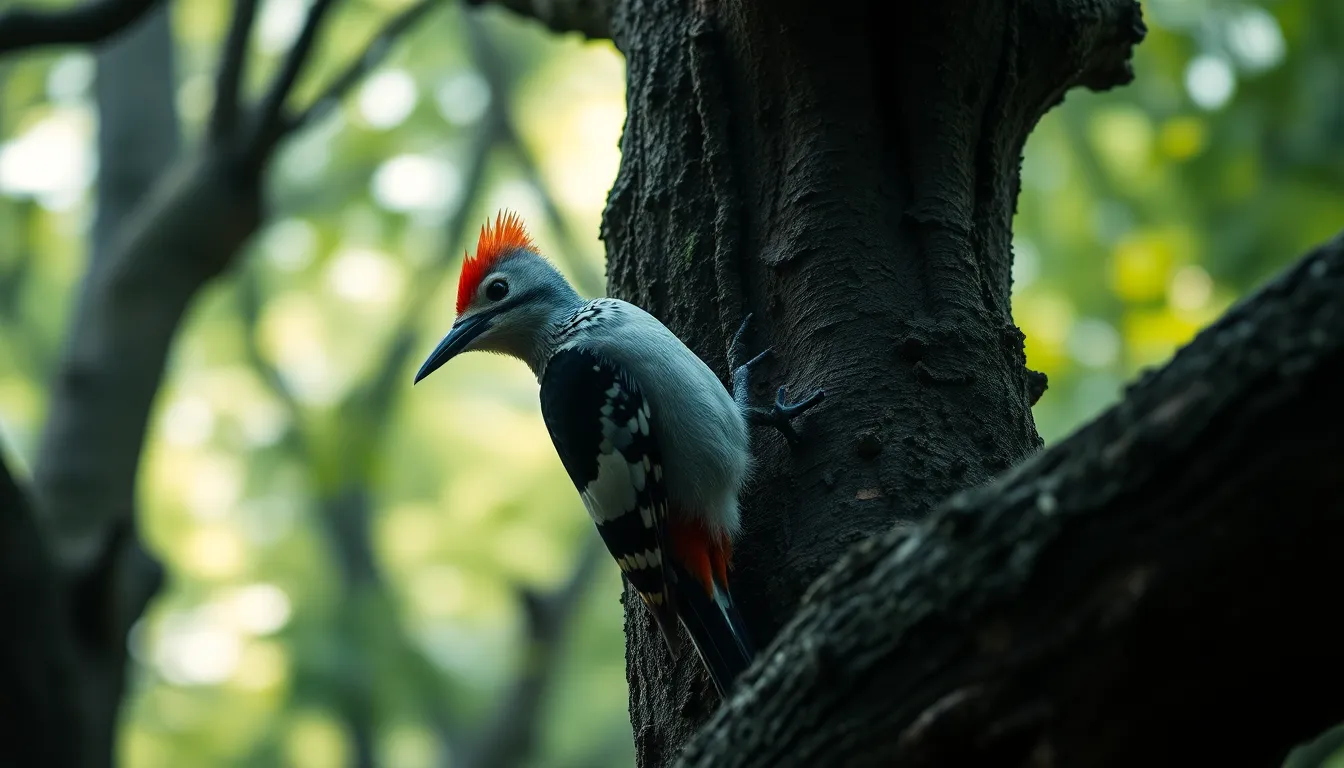The Playful Side of Myth: Celebrating Trickster Tales
I. Introduction to Trickster Tales
Trickster tales are a fascinating genre of folklore that feature characters known as tricksters, who often use their wit and cunning to outsmart others. These characters embody a dual nature, often straddling the line between good and evil. Trickster archetypes are characterized by a playful spirit, a penchant for mischief, and an ability to challenge the status quo.
Across various cultures, trickster tales hold significant importance. They serve not only as entertainment but also as valuable lessons about human nature, societal norms, and the complexities of morality. This article will explore the origins, psychological implications, key figures, themes, and modern adaptations of trickster tales, highlighting their enduring relevance in contemporary society.
II. Historical Context of Trickster Myths
Trickster figures can be traced back to ancient mythologies, where they often played pivotal roles in the creation of the world or the establishment of social order. These characters have evolved over time, adapting to the cultural contexts in which they appear.
A. Origins of Trickster Figures in Ancient Mythology
Many ancient mythologies feature trickster figures, such as the Egyptian god Thoth, the Greek god Hermes, and the Native American Coyote. These figures often possess supernatural abilities and a unique view of the world, allowing them to navigate complex situations creatively.
B. Evolution of Trickster Archetypes Across Cultures
As societies evolved, so did the concept of the trickster. In some cultures, they became symbols of wisdom and cunning, while in others, they represented chaos and disorder. This evolution reflects the changing values and beliefs within different societies.
C. Comparative Analysis of Tricksters from Different Traditions
- Anansi from West African folklore is known for his cleverness and ability to outsmart larger animals.
- Loki, a figure from Norse mythology, embodies chaos and is often seen as both a hero and a villain.
- Coyote in Native American mythology serves as a cultural hero and a figure of transformation.
- Hermes from Greek mythology is a messenger and a guide, often using his wit to navigate challenges.
III. The Psychological Appeal of Trickster Tales
Trickster tales resonate with audiences on a psychological level, providing insight into human behavior and societal norms. The trickster’s role is multifaceted, often embodying the tension between chaos and order.
A. Understanding the Trickster’s Role in Human Psychology
Tricksters reflect aspects of the human psyche, representing our desires for freedom, rebellion, and creativity. They challenge authority and question societal norms, making them relatable figures in the human experience.
B. The Dual Nature of Tricksters: Chaos and Order
The trickster’s ability to create chaos while simultaneously restoring order is a central theme in many tales. This duality allows for the exploration of moral ambiguity and the complexity of human nature.
C. How Trickster Tales Influence Modern Perspectives on Morality
Trickster tales encourage critical thinking about morality and ethics. They often present situations where traditional moral codes are subverted, prompting readers and listeners to reconsider their values.
IV. Key Trickster Figures in Global Mythology
Several trickster figures have gained prominence across cultures, each with unique characteristics and stories that embody the essence of the trickster archetype.
A. Anansi the Spider: The West African Trickster
Anansi, often depicted as a spider, is a central figure in West African folklore. He is known for his cleverness and ability to outsmart his adversaries, often teaching lessons about wisdom and resourcefulness.
B. Loki: The Norse God of Mischief
Loki is a complex character in Norse mythology, known for his cunning and unpredictable nature. He often brings trouble to the gods but also plays a crucial role in their adventures.
C. Coyote: The Native American Trickster Spirit
Coyote is revered in many Native American cultures as a trickster who embodies both creation and destruction. His stories often highlight the importance of balance in nature and the consequences of one’s actions.
D. Hermes: The Greek Messenger with a Playful Edge
Hermes, the Greek god of trade and communication, is also known for his trickster qualities. He uses his wit and intelligence to navigate challenges, often helping mortals and gods alike.
V. Themes and Motifs in Trickster Stories
Trickster tales are rich with themes and motifs that resonate across cultures and time periods.
A. Deception and Wit: The Art of Outsmarting Opponents
Many trickster stories center around the theme of deception, where the trickster uses their wit to outsmart stronger opponents or authority figures.
B. The Role of Humor in Social Commentary
Humor is a key component of trickster tales, often serving as a vehicle for social commentary. Through laughter, tricksters can critique societal norms and highlight injustices.
C. Transformation and Identity in Trickster Narratives
Transformation is a recurring motif, where tricksters often change their shape or identity. This reflects the fluid nature of self and the ability to adapt to different circumstances.
VI. Trickster Tales in Contemporary Literature and Media
Trickster archetypes continue to thrive in modern literature and media, showcasing their relevance in contemporary storytelling.
A. Modern Adaptations of Classic Trickster Stories
Many authors and filmmakers have adapted classic trickster tales, reinterpreting them for modern audiences while retaining their core messages.
B. Trickster Archetypes in Popular Movies and Television Shows
Characters resembling tricksters can be found in popular media, often portrayed as clever, charismatic figures who challenge authority and norms.
C. The Influence of Trickster Traits in Contemporary Characters
Modern protagonists often embody trickster traits, reflecting society’s admiration for cleverness and subversion.
VII. The Educational Value of Trickster Tales
Trickster tales are not only entertaining; they also serve as powerful educational tools.
A. Teaching Life Lessons Through Humor and Satire
These stories often impart valuable life lessons, using humor and satire to engage audiences effectively.
B. Using Trickster Tales to Foster Critical Thinking
By analyzing trickster narratives, students can develop critical thinking skills and learn to question societal norms.
C. Incorporating Trickster Myths into Educational Curricula
Incorporating trickster tales into educational curricula can enhance students’ understanding of cultural diversity and human psychology.
VIII. The Role of Trickster Tales in Cultural Identity
Trickster figures play a crucial role in reflecting the values and beliefs of their respective cultures.
A. How Trickster Figures Reflect Cultural Values and Beliefs
Tricksters often embody the cultural values of resilience, adaptability, and the importance of questioning authority.
B. The Preservation of Oral Traditions Through Trickster Narratives
Oral traditions rely heavily on trickster tales to preserve cultural heritage and pass down wisdom from generation to generation.
C. Tricksters as Symbols of Resistance and Resilience
In many cultures, tricksters symbolize resistance against oppression, showcasing the power of wit over brute strength.
IX. Celebrating Trickster Tales in Modern Society
Trickster tales continue to be celebrated in various forms across modern society.
A. Festivals and Events Dedicated to Trickster Myths
Many cultures hold festivals and events that celebrate trickster figures, highlighting their significance in folklore.
B. Community Storytelling as a Way to Honor Trickster Traditions
Community storytelling events allow individuals to share trickster tales, fostering a sense of connection and cultural pride.
C. The Future of Trickster Tales in an Evolving Cultural Landscape
As cultures evolve, trickster tales will continue to adapt, reflecting contemporary societal issues and challenges.
X. Conclusion: The End
Trickster tales are a vital part of the world’s cultural heritage, offering insights



